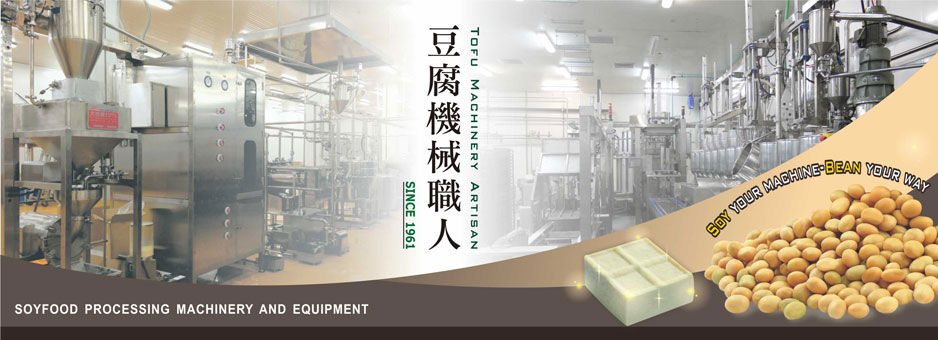【Why Does Milk Cause Digestive Discomfort?】
Do you often experience bloating, rumbling in your stomach, or even diarrhea after drinking milk? You're not alone—these are common symptoms of lactose intolerance. Studies have shown that lactose intolerance is more prevalent among people of Asian descent, while only about 50% of Western populations are affected. This difference is linked to genetic evolution.
In Taiwan, approximately 80–90% of adults begin to experience a decline in lactase enzyme activity after childhood, making it difficult to properly digest lactose found in milk. When lactose intake exceeds the body's enzymatic capacity, symptoms of intolerance can occur.
This growing awareness explains why an increasing number of people are actively seeking lactose-free alternatives in their daily lives. Among these, soy milk stands out as one of the most popular choices.
.jpg)
Replacing dairy milk with soy milk not only helps avoid lactose-related discomfort, but also aligns with current trends in plant-based and low-carbon diets. From international coffee chains and breakfast shops to specialty beverage stores, more brands are incorporating soy milk into their offerings. This consumer demand is also driving the need for advanced, reliable soy milk processing technologies.
.jpg)
As the plant-based milk market rapidly expands, food industry players looking to enter the soy milk sector need more than creativity—they need efficient, stable, and hygienic production equipment to enable large-scale manufacturing and ensure consistent product quality.
For lactose-intolerant consumers across Asia, soy milk is a natural part of everyday life. For food businesses, it represents a market with steady growth potential, versatile applications, and high return on investment.
Now is the ideal time to explore opportunities in the soy milk industry.
Click here to learn more.





